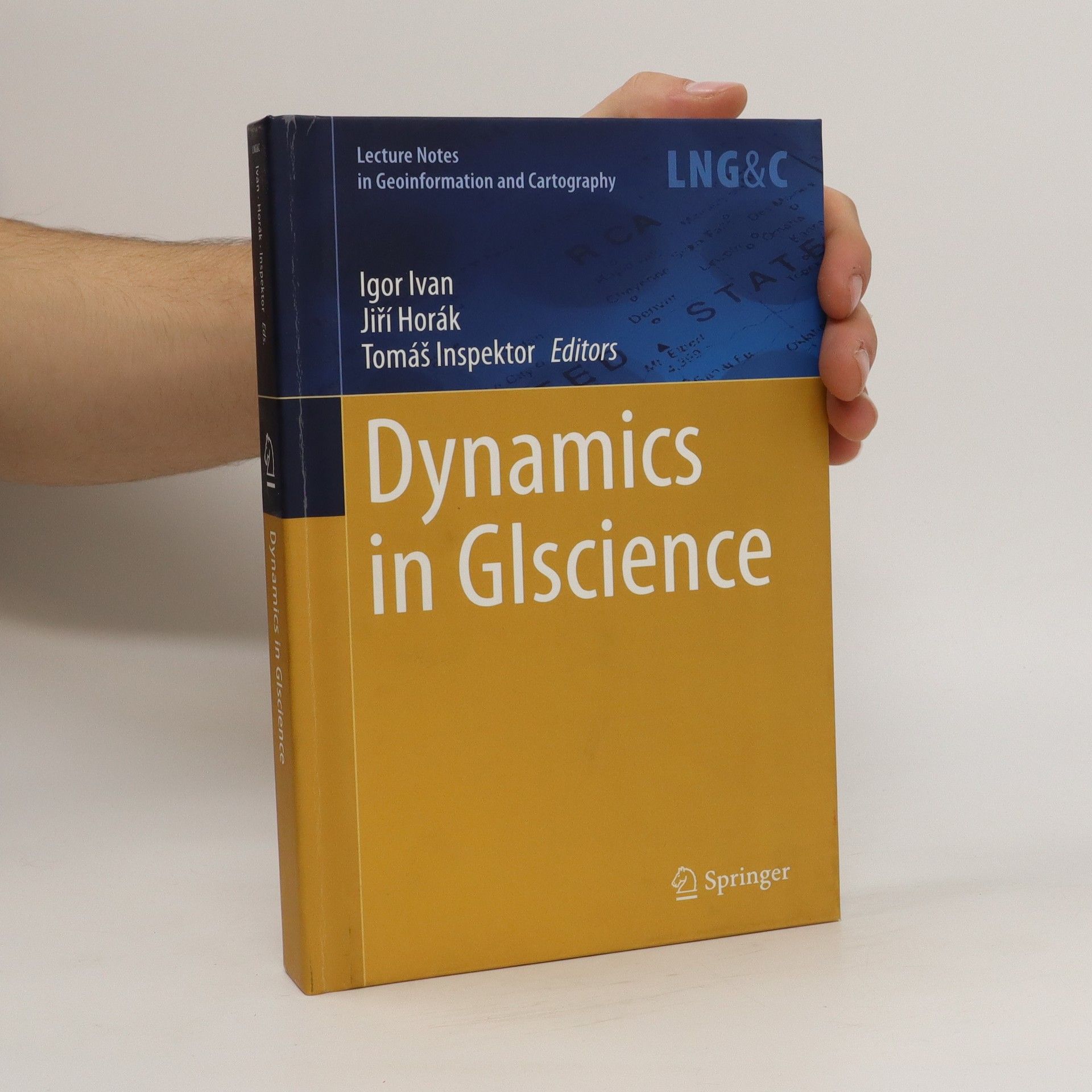This edited volume compiles the proceedings of the Symposium GIS Ostrava 2016, focusing on the Rise of Big Spatial Data, held at the Technical University of Ostrava, Czech Republic, from March 16–18, 2016. It features theoretical papers and applications from global authors, summarizing the latest research in big spatial data and its associated challenges. The era of big data is approaching, characterized by three key features: volume exceeding traditional geo-processing limits, velocity surpassing conventional methods, and variety integrating diverse geodata sources. The term "big spatial data" describes a scenario where these properties challenge traditional geodata methods for collection, storage, processing, analysis, and visualization. Addressing the transition to big spatial data requires solutions for the "small data" issues that lead to larger challenges. Resilience in this context involves tackling the heterogeneity of spatial data sources, managing large volumes from gigabytes to terabytes, and addressing the complexity of geo-applications and systems. Additionally, it involves improving the automation of geodata preparation, enhancing control over collection and distribution processes, expanding analytical tool capacity, and increasing visual system performance. These trends are intensifying as sensors become more prevalent globally.
Igor Ivan Livres




Dynamics in GIscience
- 424pages
- 15 heures de lecture
This book is intended for researchers, practitioners and students who are interested in the current trends and want to make their GI applications and research dynamic. Time is the key element of contemporary GIS: mobile and wearable electronics, sensor networks, UAVs and other mobile snoopers, the IoT and many other resources produce a massive amount of data every minute, which is naturally located in space as well as in time. Time series data is transformed into almost (from the human perspective) continuous data streams, which require changes to the concept of spatial data recording, storage and manipulation. This book collects the latest innovative research presented at the GIS Ostrava 2017 conference held in 2017 in Ostrava, Czech Republic, under the auspices of EuroSDR and EuroGEO. The accepted papers cover various aspects of dynamics in GIscience, including spatiotemporal data analysis and modelling; spatial mobility data and trajectories; real-time geodata and real-time applications; dynamics in land use, land cover and urban development; visualisation of dynamics; open spatiotemporal data; crowdsourcing for spatiotemporal data and big spatiotemporal data.
Úvod do dynamických systémů. Teorie a praxe v geoinformatice
- 199pages
- 7 heures de lecture